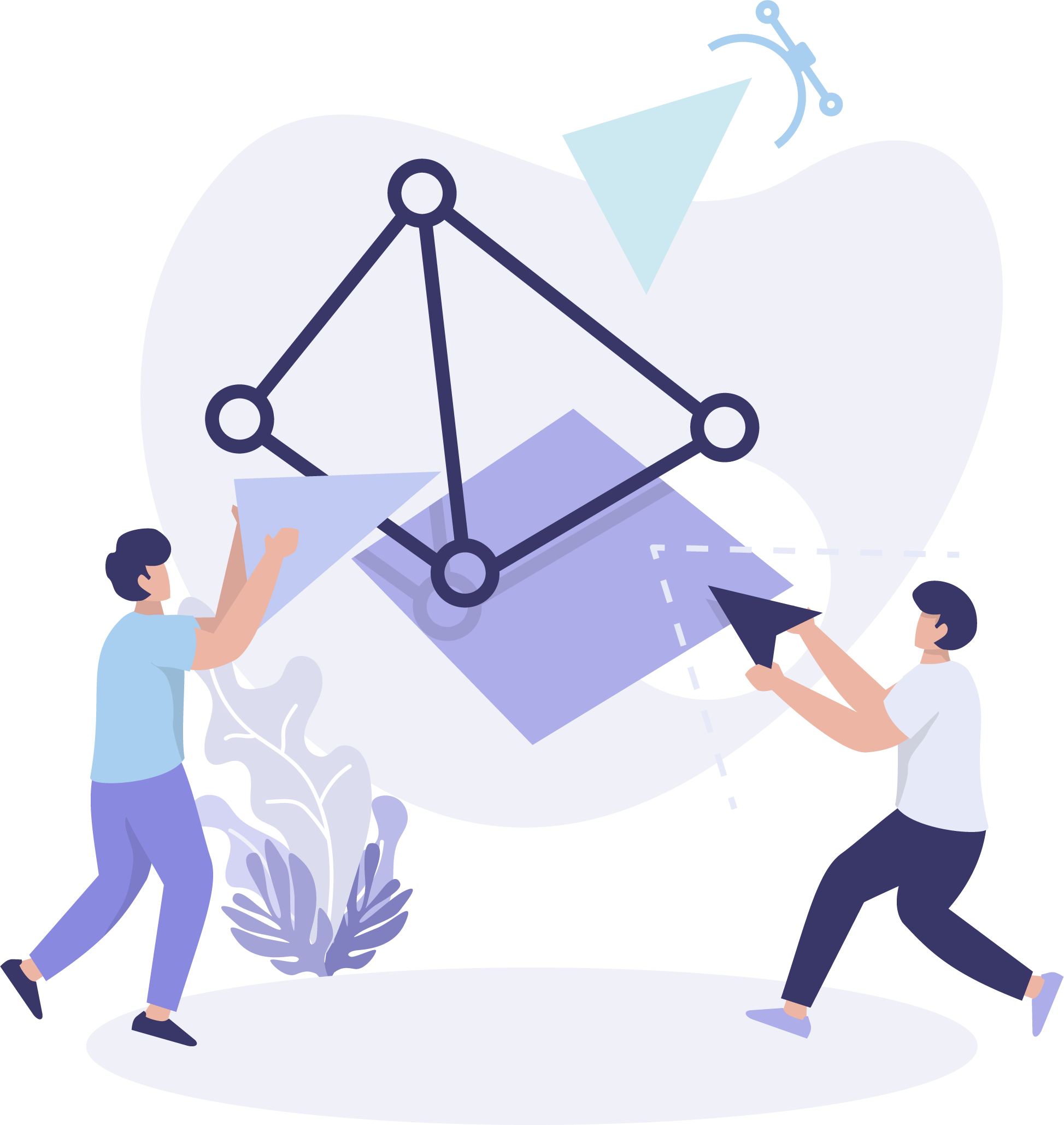IYS Skills and Occupations Taxonomy or ISOT
Is a comprehensive, intelligent and dynamic database of
Skills and Occupations - across industries and functions
ISOT enables easy, structured and precise mapping of skills and jobs

Only Skills Matter
Skills is today’s currency of Human Capital. However, mapping, tracking and using the skills effectively is a big challenge with several problems with the language of skills and the way this language is used in different functions of HR. A simple example: Lets say a job seeker enters his occupation as Software Developer and a Job Provider is searching a job portal entering Software Engineer in the portal. They twain shall not meet. This means both have missed an opportunity. This is a very base problem with lack of common language. There are many more issues.
IYS Skills and Occupations Taxonomy, seeks to bring a common language of skills one that can be used by individuals, organizations, HR Tech and Governments. IYS is a venture focused on researching on skills and maintaining this ISOT so that ISOT can confidently use ISOT to map, track and manage the currency of their human capital.
Read on to know about the Features and nuances of ISOT
Wide Coverage
ISOT as on Jul 2021 covers 34 high level categories and over 100,000 or skills or terms.


Multi-dimensional
Terms cover different aspects of skills including Functional / Technical Skills, Soft Skills, Activities, Certifications, Knowledge, Domain and Roles
A common framework - contextualized
When organising skills in areas or functions or categories a broad level framework is used. For any function, role or occupation typically we would want to understand the above dimensions.
But this cannot be strictly applied in all cases of categories, functions and occupations. In some cases some dimension(s) may not be relevant. Surely the terminologies of these dimensions vary.


Three Layered structure
Terms are organized at three levels. At Layer 1 terms are aggregated, normalized for spelling differences, acronyms and synonyms
At Layer 2, terms are grouped together based on their similarity
At Layer 3, terms and groups of terms are connected or associated with each other
Three types of Associations
One, where terms or group of terms are associated as children under a node
Two, where terms or groups of terms are associated as surrogate children from another branch
Three, terms or groups of terms are associated as relatives.
The three types are also indicative of the closeness of relevance to terms
Thus we have both, a hierarchical construct as well as a graphical construct in the taxonomy


Proxy Names
Sometimes the way a term is referred to within the tree structure can be different from the way one would search for the term. For example, within a tree we may have “Speaking Language” as parent and languages like English, Hindi, French as its children. However in search we would include Speaking English, Speaking Hindi, Speaking French as the search phrases. We call these Proxy terms.
One to many relationships
The corollary of the above is that there can be one to many relationships. A skill or a group of skills can be associated with one or more branches. This is reflective of the skills landscape as it is. An Electrician and his activities could be part of a tree or Engineering or Skills Trade. But then when we are in say Oil & Gas we could have occupations of Electrician. But the activities and skills are almost similar in both.
This in fact is the beauty of the skills space. Skills given their contextual alignment bring enormous possibilities for deployment of human talent. Seen from another angle such multi-contextual application is complex when it comes to organising skills.


Searchability
Not all the terms within ISOT is searchable so as to ensure smoothness in search or better discoverability
Proficiency Rating
Proficiencies are a an important measure when it comes to skills. IYS uses a four point scale for indicating proficiencies. And the proficiencies vary based on the nature of the skill. For example domain experience is better differentiated based on years of experience. Whereas for Programming overall years of experience itself may not be a good measure.


Tagging
Skills are tagged so that different type of properties can be assigned to a group of skills with similar behavior and classified under a tag.
Roles
In ISOT different roles are assigned to different Areas. For example, in Software Development we may have roles such as Development, Architecting and Project Management. Activities performed in these roles are different. Also the soft skills required for these roles are different.
ISOT recommends soft skills that could be relevant if one is playing that role.
Note: Titles are not same as Roles. Titles are typically indicative of function and position in an organization hierarchy. Roles are typically centered around skills required for the role. We could have a Title of Software Developer but multiple roles within this such as Web Developer, Blockchain Developer


Ordering of skills
A group of skills under a node can be ordered in different areas. The ordering can vary based on context. In some cases we may want the order to be Alphabetical and in some cases based on popularity
Scalability
ISOT is modeled in such a way that the taxonomy can be scaled seamlessly horizontally and vertically. And gives flexibility to accommodate changes or edits to existing constructs and not just new constructs
The design also gives room to accommodate specific requirements of organisations to add skills specific to their organisations and to be visible only to that organisation.

Constant Updation of ISOT
Changes in technologies and businesses models are constant learning to emergence of new skills and occupations. IYS is focused on keeping track of these changes and updating ISOT regularly.
ISOT has adopted a HIML - Human Intelligence backed by Machine Intelligence process for making updates on new skills. Machine Intelligence helps in curation of, cleaning of, and getting signals from data. But then IYS has built understanding of the skills landscape which in turn helps in adding skills to ISOT.
ISOT has adopted a three prong approach to curating skills.
Software Tools
The new information from multiple sources like job boards is aggregated using proprietary tools using NLP and Machine Learning. Then these inputs are further analyzed for either to be included or better organized in the taxonomy.
Secondary Research and SMEs
IYS has spent years making sense of the skills landscape and their nuances in different areas. And then get rich insights with the help of subject matter experts in the specific domain.
User Contribution
ISOT has become even more robust from inputs from our existing users. We take ongoing feedback on the application, governance, and improvements to make it even more potent.


